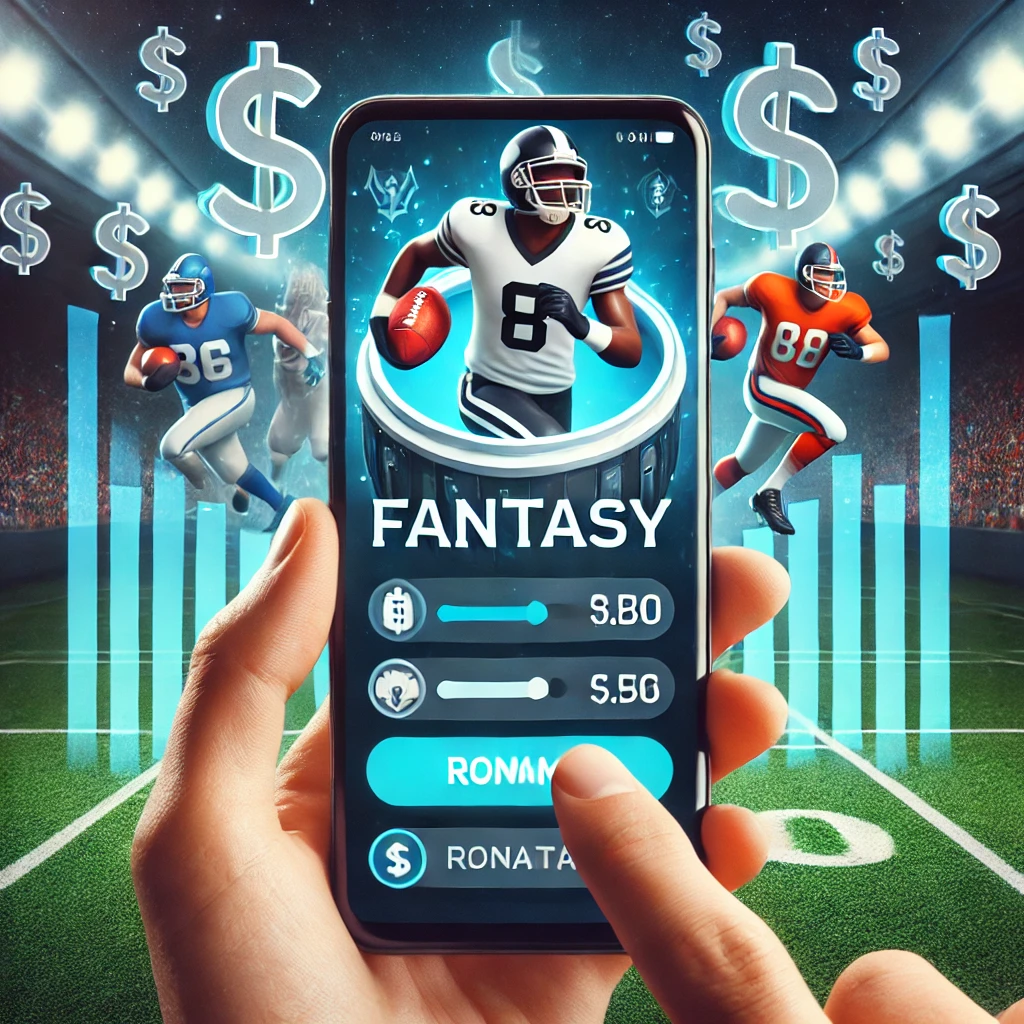Introduction
Fantasy sports apps have skyrocketed in popularity, allowing sports fans to create their own teams, compete with friends, and engage deeply with real-world sports events. With millions of users participating, it’s no surprise that fantasy sports platforms generate significant revenue. But how exactly do these apps make money? This article explores the key revenue streams that drive the profitability of fantasy sports apps.
1. Entry Fees and Contest Winnings
Paid Contests
One of the primary ways fantasy sports apps generate revenue is through paid entry contests. Users pay a fee to enter a contest, and the platform distributes a portion of the collected fees as winnings while keeping a percentage as commission.
Commission or Rake Fee
Most fantasy sports platforms charge a rake fee (usually between 10-20%) on paid contests. For example, if a contest has a total prize pool of $100, the platform might take $10-$20 as its commission, with the rest distributed as winnings.
2. Subscription Plans and Premium Features
VIP Memberships
Many fantasy sports apps offer premium memberships with added benefits like exclusive contests, analytical tools, and personalized insights. These subscriptions provide users with a competitive edge and generate recurring revenue for the platform.
Enhanced User Experience
Some platforms monetize additional features such as real-time analytics, expert advice, and AI-driven predictions, which are available for a monthly or annual fee.
3. In-App Advertisements
Display Ads
Fantasy sports apps leverage high user engagement to display banner ads, interstitial ads, and video ads from third-party advertisers. With large user bases, these ads can be a significant source of revenue.
Sponsored Content
Brands often collaborate with fantasy sports platforms to promote their products through sponsored articles, videos, or in-app banners, seamlessly integrated into the app experience.
4. Partnerships and Sponsorships
Sports Leagues & Teams
Fantasy sports platforms frequently partner with sports leagues, teams, and athletes to enhance their credibility and attract more users. These partnerships often involve revenue-sharing deals and promotional campaigns.
Corporate Sponsorships
Big brands are eager to sponsor fantasy sports apps to reach engaged sports fans. These sponsorship deals can include branded contests, exclusive prizes, or event collaborations.
5. Merchandise and Affiliate Marketing
Branded Merchandise
Some fantasy sports platforms sell branded merchandise like t-shirts, caps, and accessories, tapping into their loyal user base for additional revenue.
Affiliate Marketing
Apps often partner with betting platforms, sports streaming services, and e-commerce websites to earn commissions on referrals and sales.
6. Cryptocurrency and NFTs Integration
Digital Collectibles
With the rise of blockchain technology, some fantasy sports apps are integrating NFTs (Non-Fungible Tokens), allowing users to buy, sell, and trade digital sports collectibles.
Cryptocurrency Transactions
Certain platforms now accept cryptocurrency for deposits, withdrawals, and contest entries, expanding their revenue potential through blockchain-based economies.
Conclusion
Fantasy sports apps make money through a combination of entry fees, subscriptions, advertisements, sponsorships, merchandise sales, and innovative digital assets like NFTs and cryptocurrency transactions. With an ever-growing user base and evolving monetization strategies, these platforms continue to thrive.

Yara Bryant is a dedicated sports journalist with a knack for breaking down game strategies and delivering in-depth analysis. With a strong background in sports coverage, she specializes in football, basketball, and motorsports, bringing fans the latest news, insights, and predictions.


No responses yet